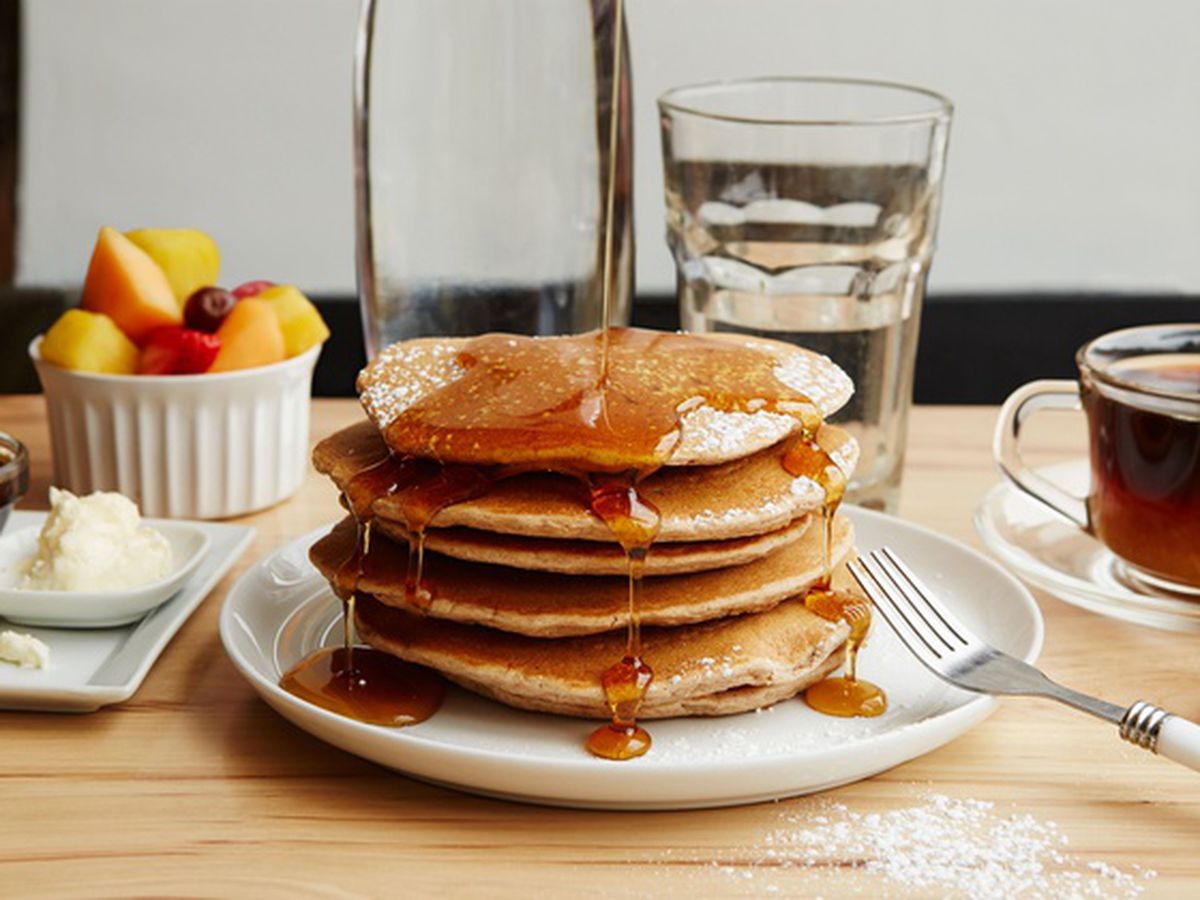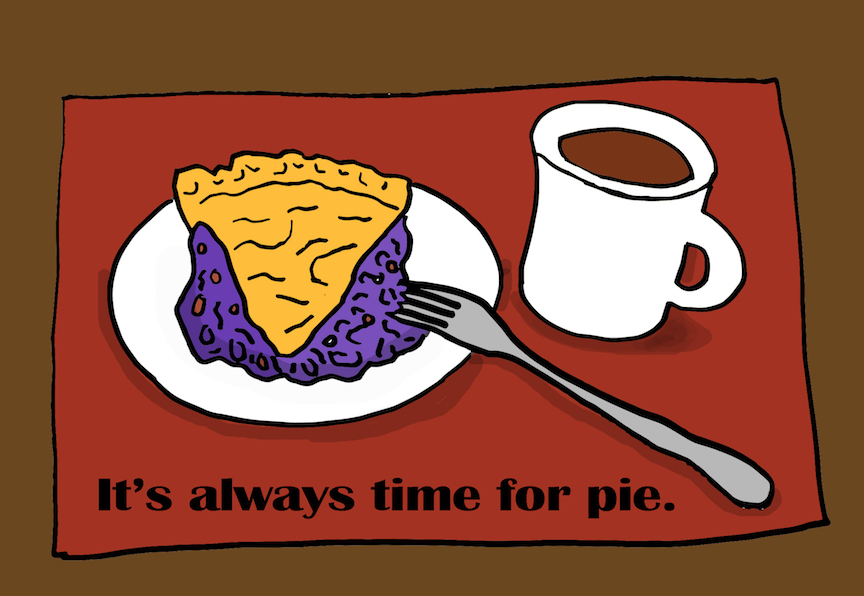In America, we’ve been socialized to believe that a “hearty breakfast” consists of eggs, flapjacks, cereal, juice, and the like.
Yet according to food historians, the concept of breakfast food didn’t exist in the U.S. until the mid-1800s. Before that, breakfast was a meal of leftovers, like cheese and bread. If you had a few bucks in the bank, you added meat and fish to your morning plate.
Then the families of Post and Kellogg toasted some grains, and later an egg lobbyist convinced Congress to put scrambled, fried and hard boiled at the top of their food pyramid. You could keep this American breakfast routine going. But why be trapped in the usual food patterns? Could there be a more exciting way to “break fast” that’s just even better than what’s on the menu at your local coffee shop?
One suggestion is adding some inner heat to your morning meal. It’s a sure-fire way to wake up, since hot spices release endorphins in your system, similar to a runner’s high.
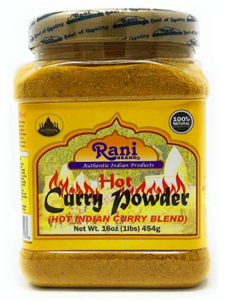
While we’re deviating from local custom, why not tour more of the world when it comes to your a.m. cuisine?
In Pakistan, it’s Siri Paya in the a.m., a soup made from slowly cooking the head and feet of a cow, a lamb, or a goat, then adding tomatoes, onions, and spices.

Mexicans like huitlacoche with their eggs. Technically speaking, this is diseased corn, sporting a fungus that’s considered a delicacy in Mexico. The spores that infect the corn turn it black and give it a mushroom-like flavor.
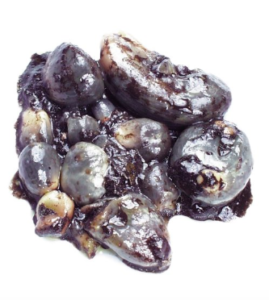
And in Pennsylvania Dutch country (near where the first SuperOptimists were born), scrapple (leftover scraps from the pig, like the eyeballs, tail and snout) are ground into a patty and fried, much to the horror of those thinking sausage is the worst thing that can be done with a sow’s innards.
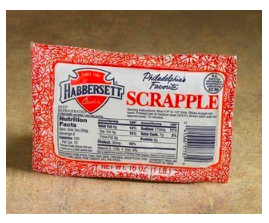
Hopefully these suggestions have whetted your appetite to try something new. But even if you decide to stick with a bowl of Cheerios, whatever you do, don’t skip breakfast. Harvard School of Public Health researchers found that men who did had a 27% higher risk of heart attack or death from heart disease.*
So here’s to having your cake and eating it for breakfast too, if you so choose.

*The researchers think that the no-breakfast brigade makes up for skipping the morning meal by stuffing themselves at night. This is neither good for their slumber, nor their metabolic rate.

